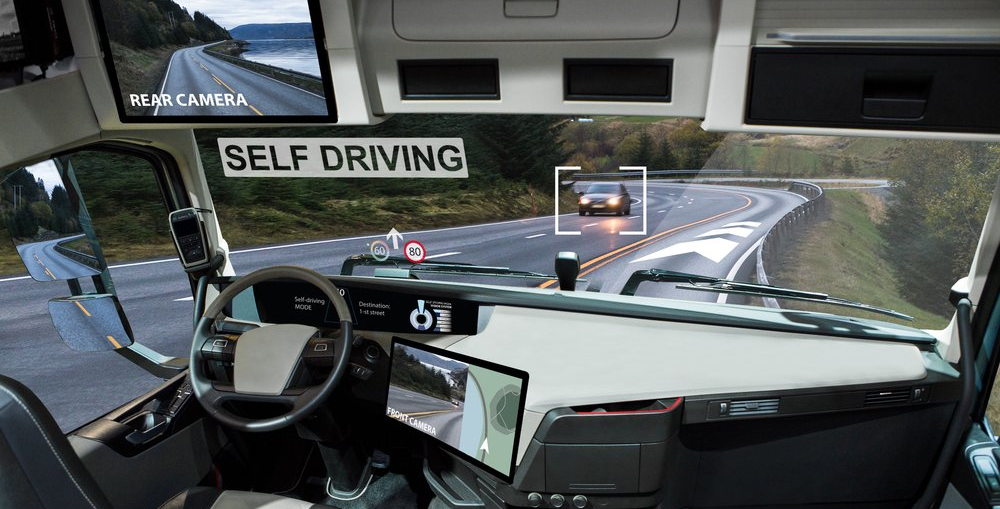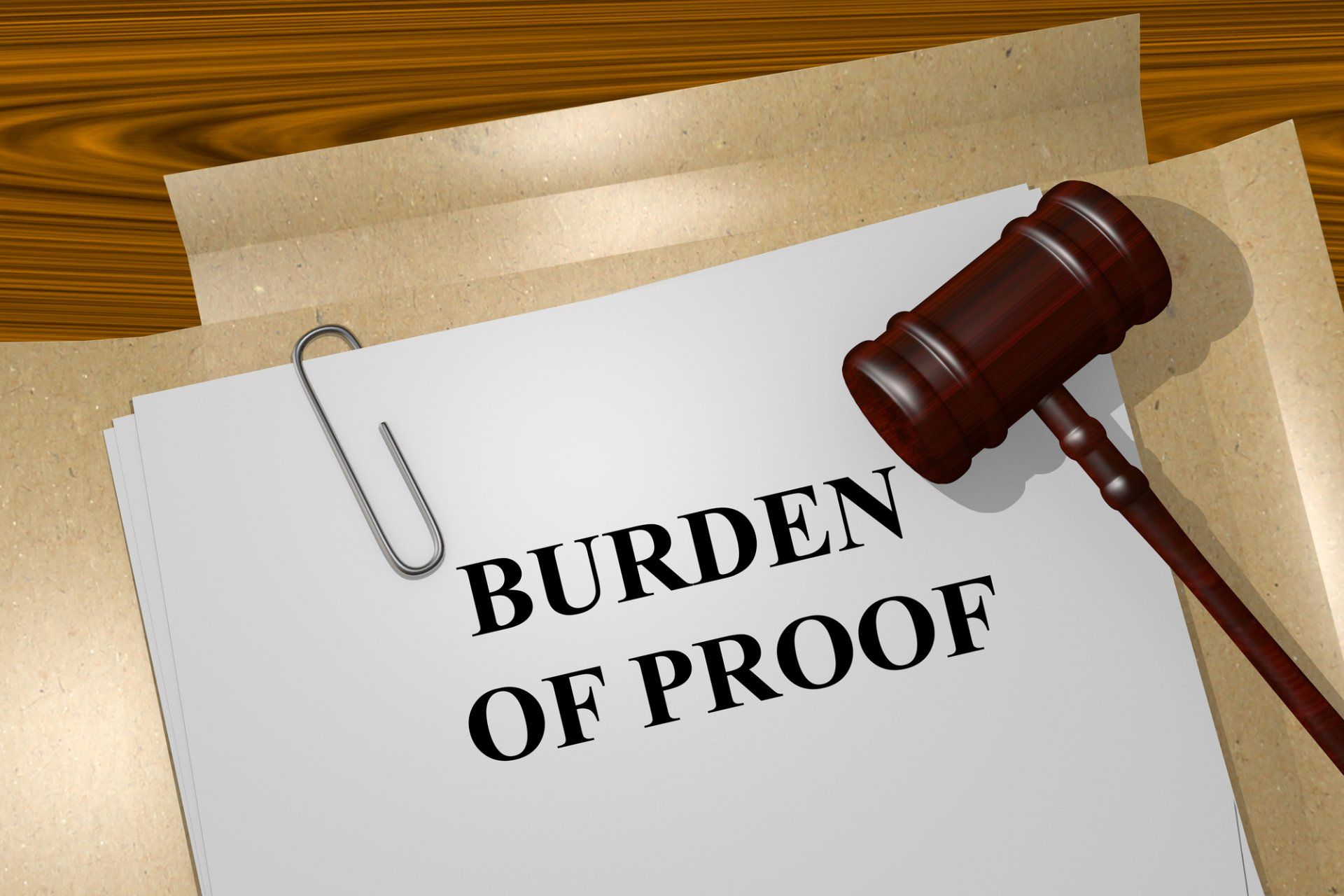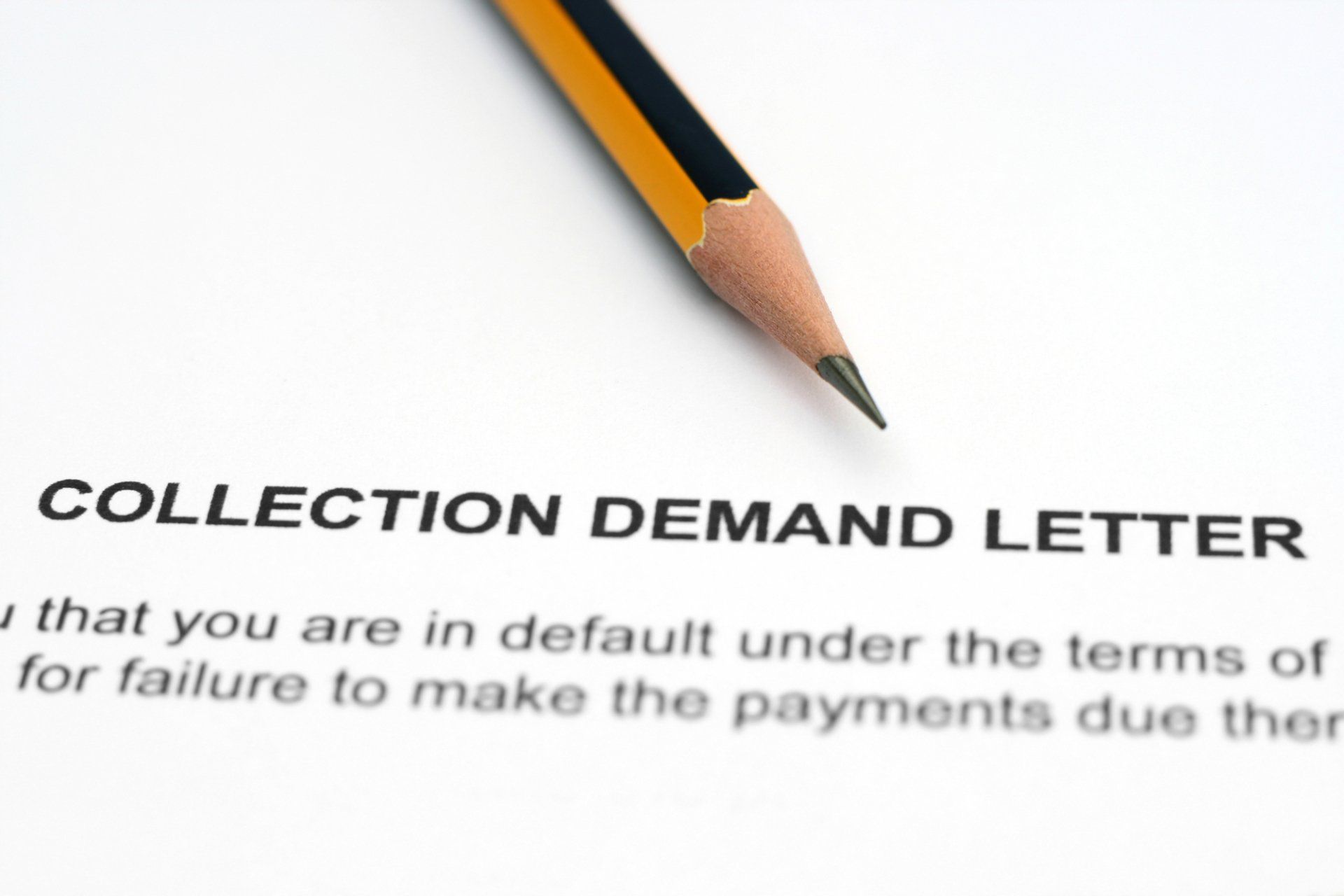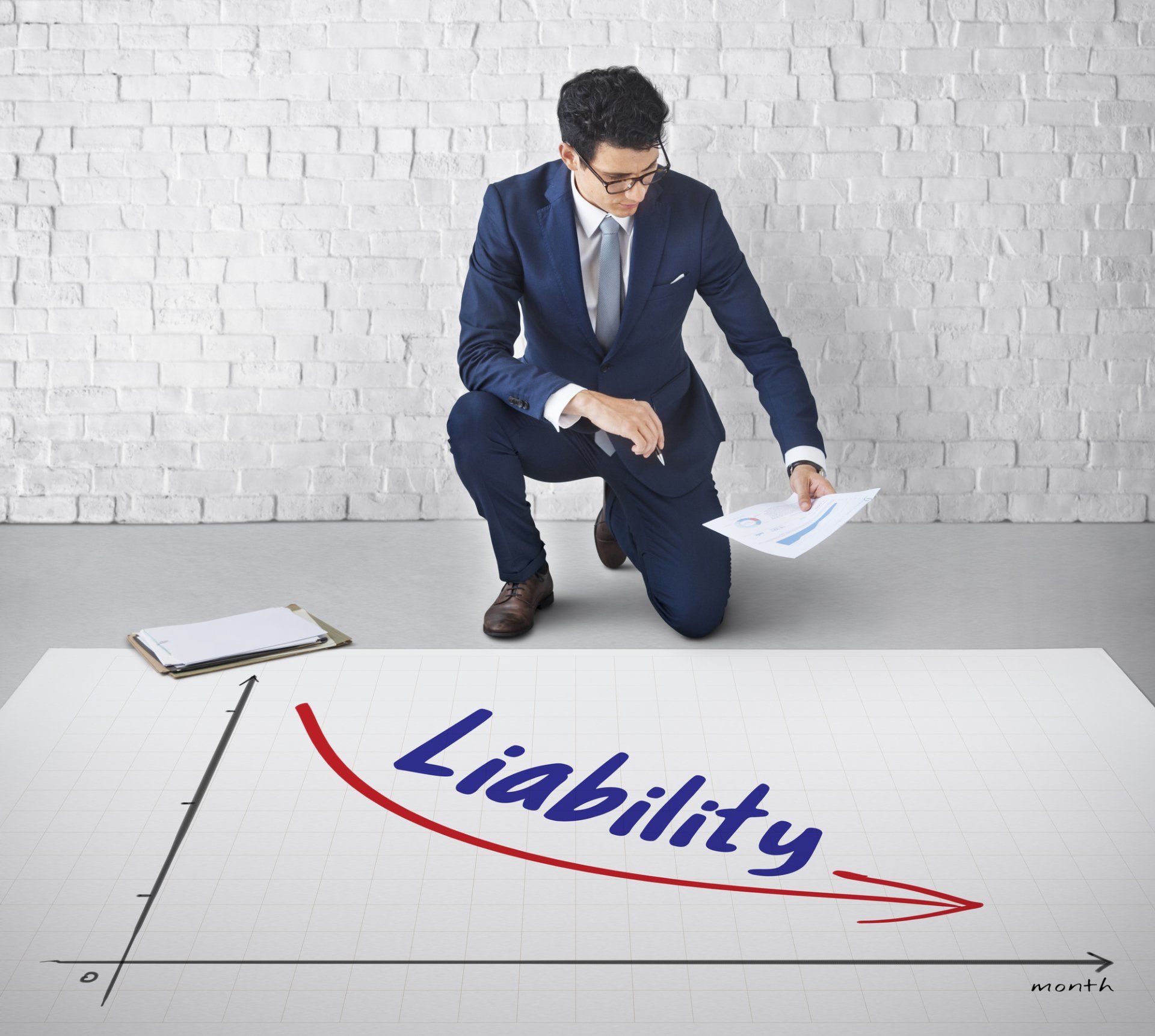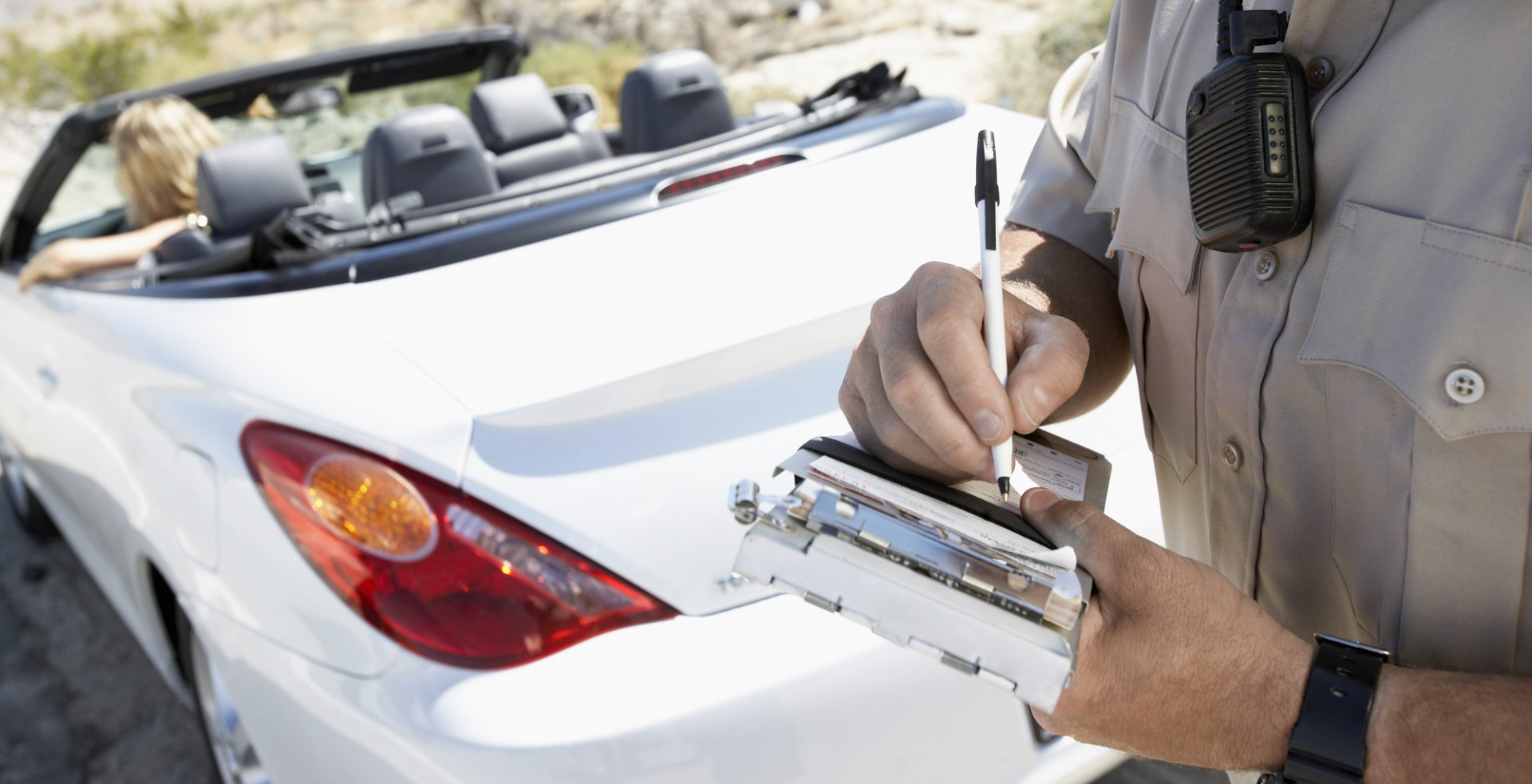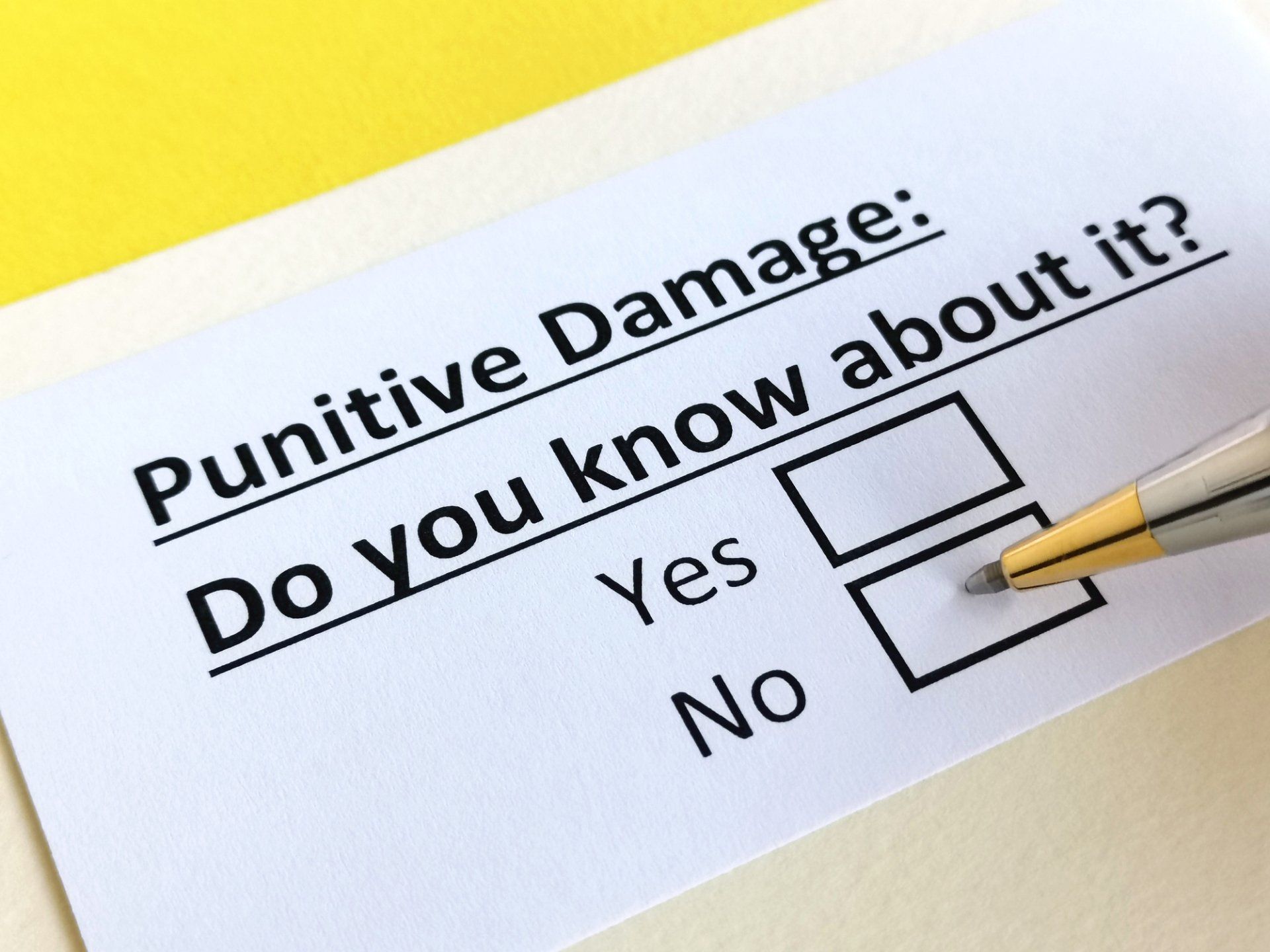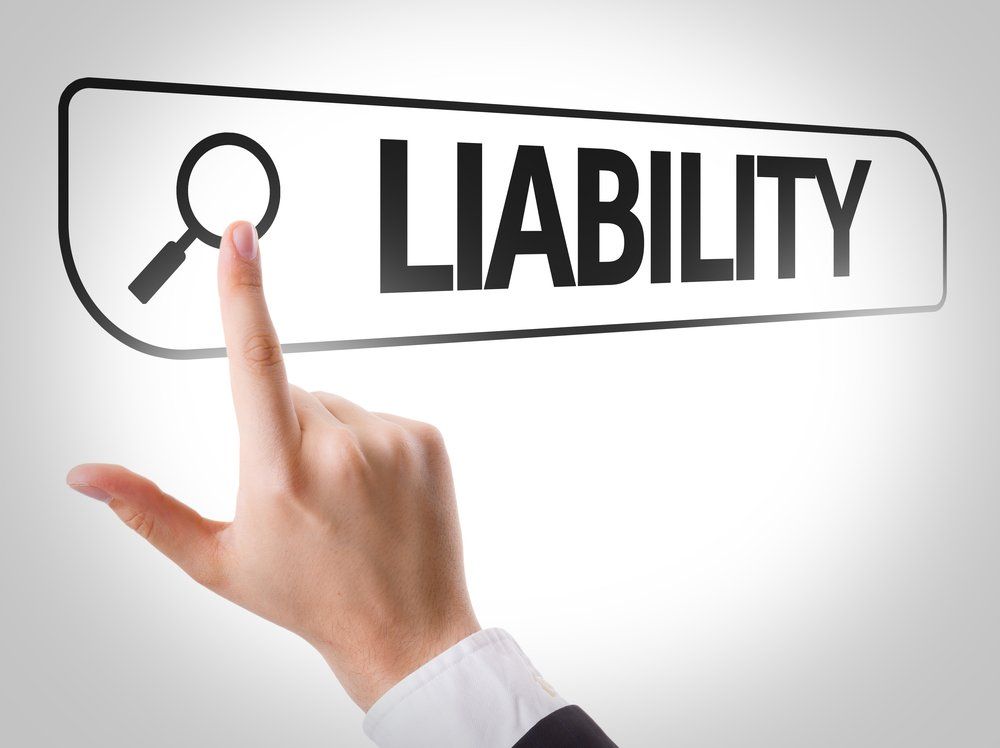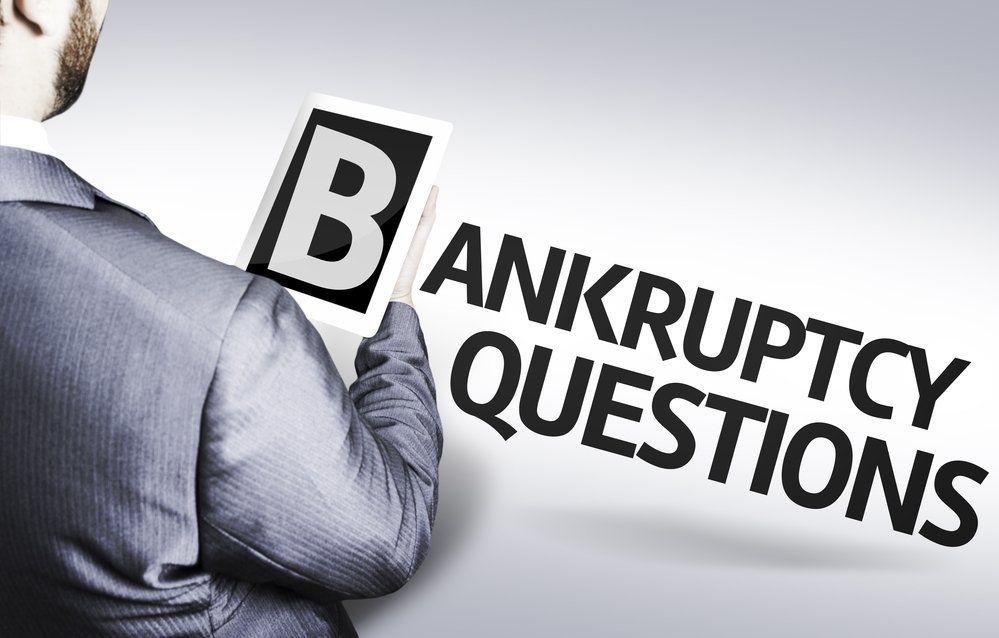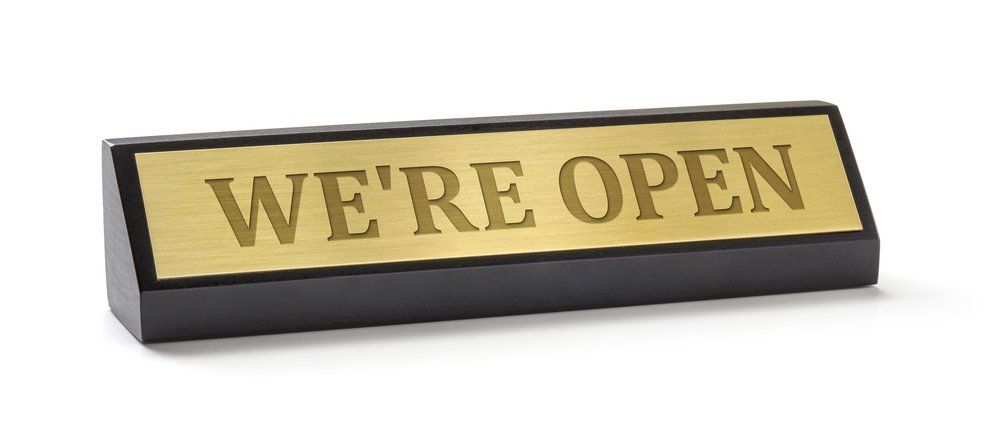Autonomous Vehicles & Autopilot
The Impact of Autonomous Driving Cars & “Autopilot”
Electric cars are in the process of disrupting most of the auto industry. Beyond the inherent economic advantages of purchasing electricity versus fossil fuel to power personal transportation needs, the newest electric cars are also pioneering autonomous driving. This has been led by the ambitiously named “autopilot” introduced to cars by Tesla Motors.
Autopilot is not a new concept for airplanes, and most passengers understand and are comfortable with the fact that a computer handles most of the flying in commercial airlines. Cars have progressively ceded control of driving away from humans. Human error is obviously at the root of the vast majority of car wrecks. In February 2015 the NHTSA
examined the “critical causes” of car wrecks and determined that 94 percent of car crashes were attributable to driver error.
Tiny percentages were attributable to the environment, weather, and mechanical failures. Taking or reducing the human element makes driving safer, and as such, we should be embracing autonomous driving. That said, the transition has been slow. Full self-driving is still subject to significant regulation, and as with most areas of innovation, government and the law are playing catchup.
The Good News About Self-Driving Vehicles
The best news is the fact that there are so few crashes attributable to errors on the part of autonomously driven vehicles that each crash makes headlines. These few instances play out in the face of millions of driven miles, so the mere fact that they are so few and far between is hugely encouraging for the future of autonomous driving. One such notable fatal collision occurred on March 23, 2018, when a 2017 Tesla Model X collided with a concrete barrier on U.S. Highway 101 in Mountain View, California. The driver’s family claimed that autopilot was engaged, but notably, later the lawsuit he filed included the State of California alleging a road defect. Tesla, defending their computer, alleged that the system gave the driver multiple alerts before striking the barrier.
More recently in March 2019 a Tesla Model 3, also allegedly with autopilot engaged, crashed in Delray Beach Florida shearing its roof off when a tractor-trailer crossed in front of it on a divided highway. This incident was remarkably like a May 7, 2016, Tesla crash. That 2016 crash was the first fatal crash of any kind involving a semi-automated system, also in Florida, where a Tesla Model S drove underneath a tractor trailer. Tesla’s statement in connection with that crash stated that “Neither Autopilot nor the driver noticed the white side of the tractor-trailer against a brightly lit sky, so the brake was not applied.” Also, the company noted that the 2016 crash was the first fatality in 130 million miles of documented “Autopilot” driving. It is significant also to note that the pre-2016 model Tesla had far fewer cameras and sensors than the models produced after October 2016, in addition to the leaps and bounds in computer processing power. The ability of the current system to detect and avoid hazards is not remotely comparable to the first-generation systems.
Autonomous Vehicles & The Law
When it comes to autonomous vehicles, where does the law come in? No question there will be legal ramifications for crashes. Drivers of semi-autonomous vehicles will not escape liability for collisions where they are at fault, and even enabling these systems requires multiple acknowledgments before the system will “take over”. Certainly, those vehicles can also be driven without the systems enabled, so determinations of liability will be complicated only where autopilot is enabled. Proving after the fact that the systems were enabled will involve an expert review of the vehicle systems. Preserving that evidence and early involvement of the correct experts and legal counsel will be critical for any lawsuit involving product defects and hardware, software, or sensor malfunctions. The recent Boeing 737 Max airliner crashes demonstrate the potential for product liability causes of action to be applied to autonomous control systems. Again, the silver lining is how rare these incidents are and how many saved lives that translates into.
When You Need A Product Liability Attorney
In the event the worst does happen, get an experienced product liability attorney involved immediately to assess the case, preserve the evidence, and retain the correct experts to establish the facts. The trial lawyers of York Gaskill, LLC have the in-depth knowledge and specific expertise necessary to handle such a case. We have years of experience with catastrophic automobile product liability claims. Call or send us a message to discuss your case.


